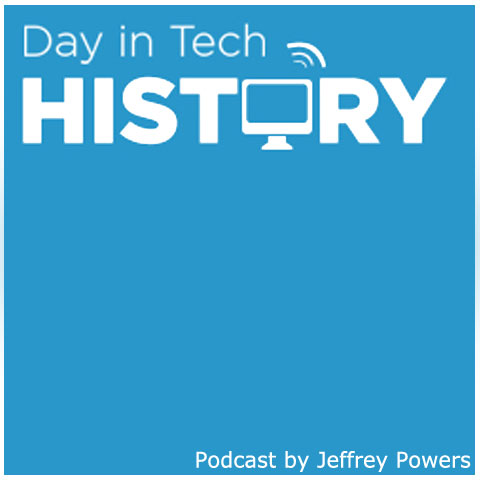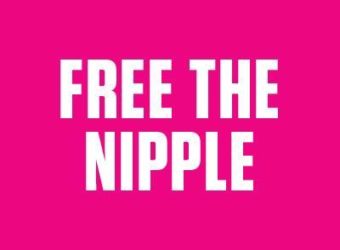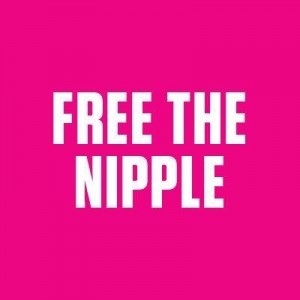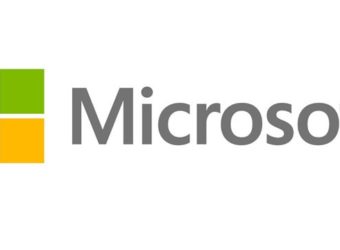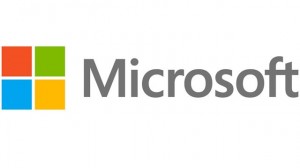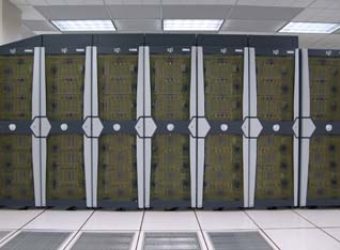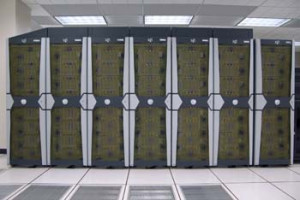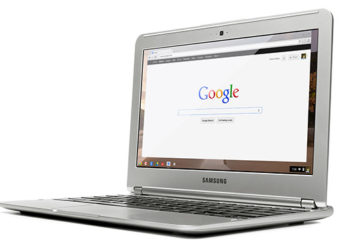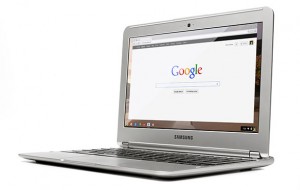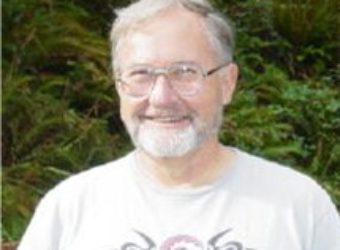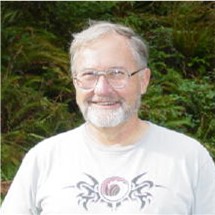June 19, 1984: X Window System
Subscribe! Spotify | RSS | More

1984 – Jim Gettys and Bob Scheifler announced collaboration of a new operating system in the X Window System. This gives the basic framework for a GUI. Currently, it is refered to as X11, R7.7.
I’ve spent the last couple weeks writing a window
system for the VS100. I stole a fair amount of code
from W, surrounded it with an asynchronous rather
than a synchronous interface, and called it X. Overall
performance appears to be about twice that of W. The
code seems fairly solid at this point, although there are
still some deficiencies to be fixed up.We at LCS have stopped using W, and are now
actively building applications on X. Anyone else using
W should seriously consider switching. This is not the
ultimate window system, but I believe it is a good
starting point for experimentation. Right at the moment
there is a CLU (and an Argus) interface to X; a C
interface is in the works. The three existing
applications are a text editor (TED), an Argus I/O
interface, and a primitive window manager. There is
no documentation yet; anyone crazy enough to
volunteer? I may get around to it eventually.Anyone interested in seeing a demo can drop by
NE43-531, although you may want to call 3-1945
first. Anyone who wants the code can come by with a
tape. Anyone interested in hacking deficiencies, feel
free to get in touch.
Full Day in Tech History podcast show notes for June 19

Subscribe to Day In Tech History:
RSS Feed - iTunes - Android - Spotify - iHeartRadio
Facebook -
- RSS Bandwidth by Cachefly Get a 14 Day Trial
- Join me on Patreon and support Day in Tech History
- AOL Software glitch
- Apple iPhone 3G S is released
- X Window System is released
